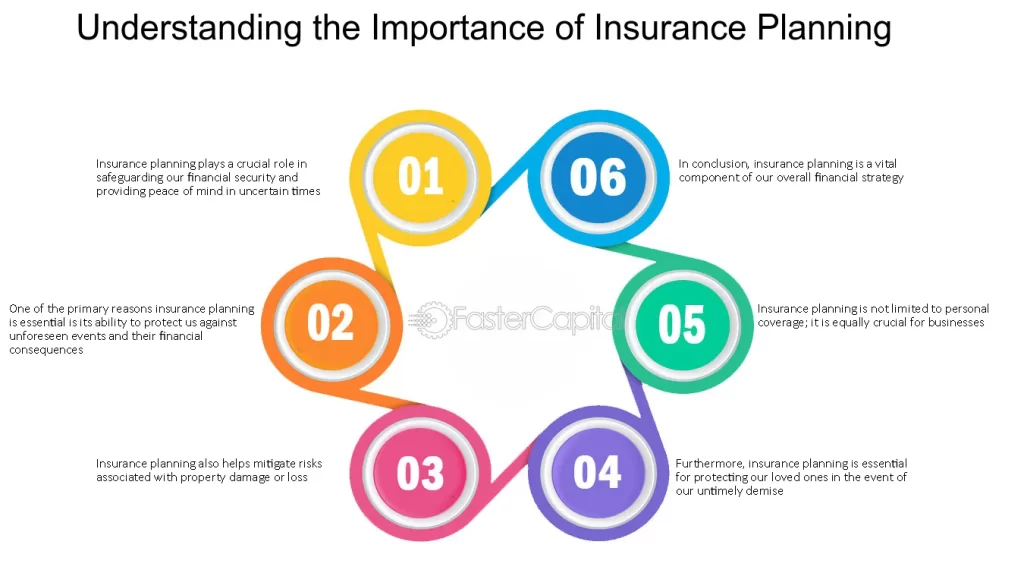Unveiling Insurance Inequality in New Zealand: A Deep Dive into the Disparities
Introduction
Insurance is a crucial aspect of our lives, providing financial protection and peace of mind in times of uncertainty. However, beneath the surface, a disconcerting reality exists – insurance inequality. In New Zealand, this issue has been largely overlooked, yet it affects numerous individuals and communities across the country. This blog post aims to shed light on the disparities in insurance coverage and access, exploring the underlying factors contributing to this inequality.
1. Geographic Disparities
One of the primary drivers of insurance inequality in New Zealand is the geographic divide. Certain regions, particularly those prone to natural disasters such as earthquakes, floods, or storms, face higher insurance premiums or even limited coverage options. This leaves residents in these areas vulnerable and financially exposed, as they struggle to obtain affordable insurance protection.
2. Socioeconomic Factors
Socioeconomic status plays a significant role in insurance inequality. Lower-income individuals and families often find it challenging to afford insurance premiums, leading to a lack of coverage. This perpetuates a cycle of vulnerability, as those who are already economically disadvantaged are further burdened by the potential financial consequences of unforeseen events.
3. Ethnic Disparities
Insurance inequality also intersects with ethnicity in New Zealand. Studies have shown that certain ethnic groups, such as Māori and Pacific Islanders, are more likely to be underinsured compared to their European counterparts. This disparity can be attributed to various factors, including cultural barriers, language barriers, and historical mistrust of insurance companies.
4. Gender Bias
Gender bias is another aspect of insurance inequality that cannot be ignored. Women often face higher insurance premiums, particularly in areas such as health and life insurance. This discrepancy is often attributed to actuarial calculations based on statistical data, which may not accurately reflect the actual risk profile of women. Consequently, women may be paying more for insurance coverage compared to men, despite having similar risk profiles.
5. Age Discrimination
Age discrimination is prevalent in insurance practices, particularly in areas such as health and life insurance. Older individuals may face higher premiums or even denial of coverage due to perceived higher risks associated with age-related health conditions. This leaves them vulnerable and without adequate protection, despite their contributions to society and their need for financial security.
Conclusion
Insurance inequality in New Zealand is a multifaceted issue that affects various aspects of society. From geographic disparities to socioeconomic factors, ethnic disparities, gender bias, and age discrimination, the disparities are deeply rooted and require attention. Addressing these inequalities is crucial to ensure that all New Zealanders have equal access to affordable insurance coverage, regardless of their background or circumstances. By acknowledging and actively working to rectify these disparities, we can create a more equitable insurance landscape that truly serves the needs of all individuals and communities.


